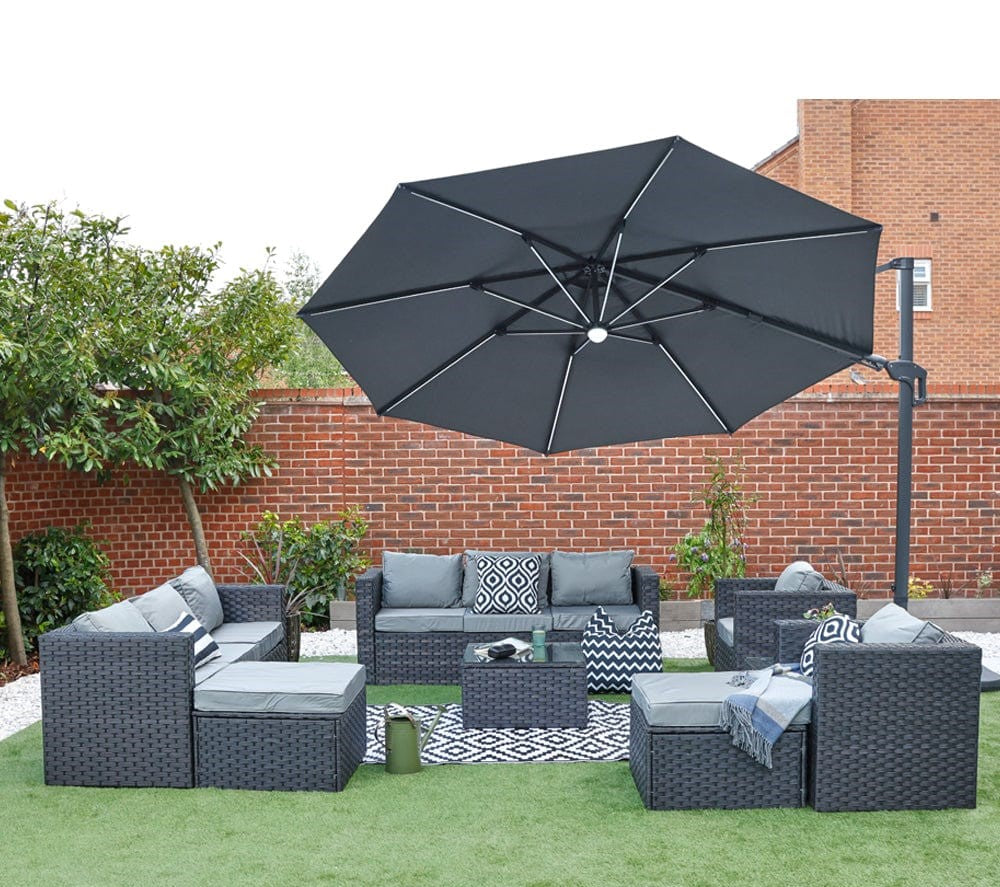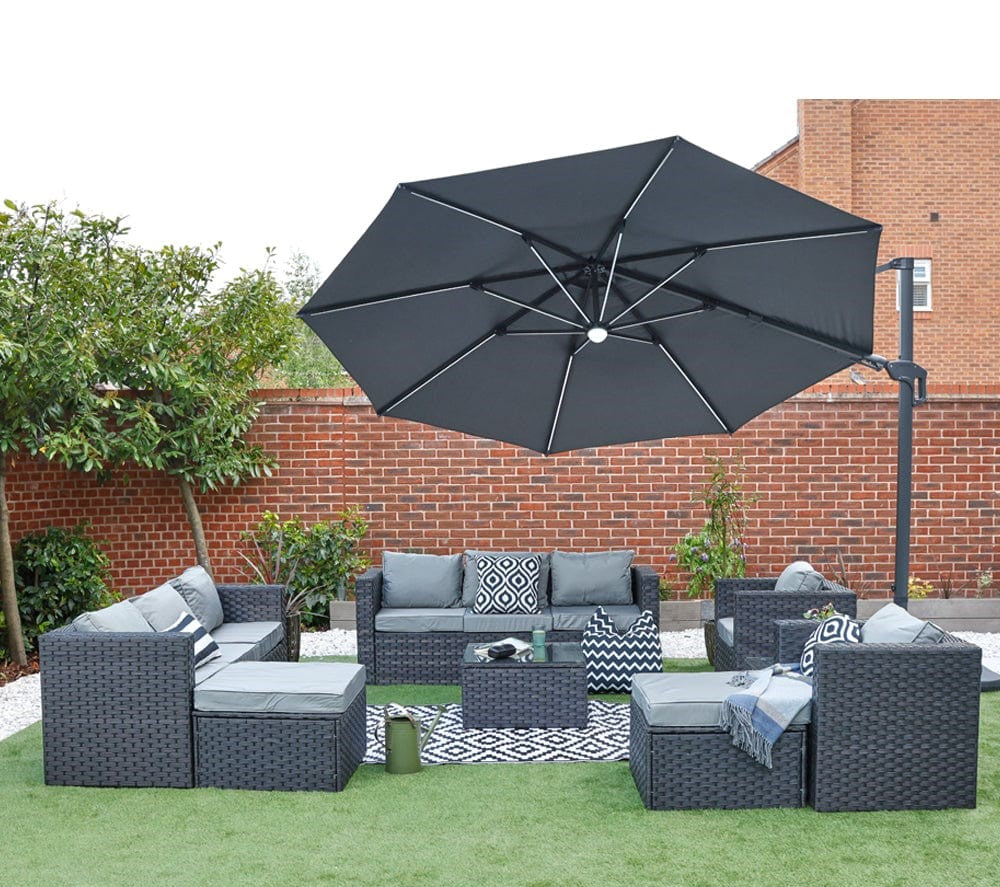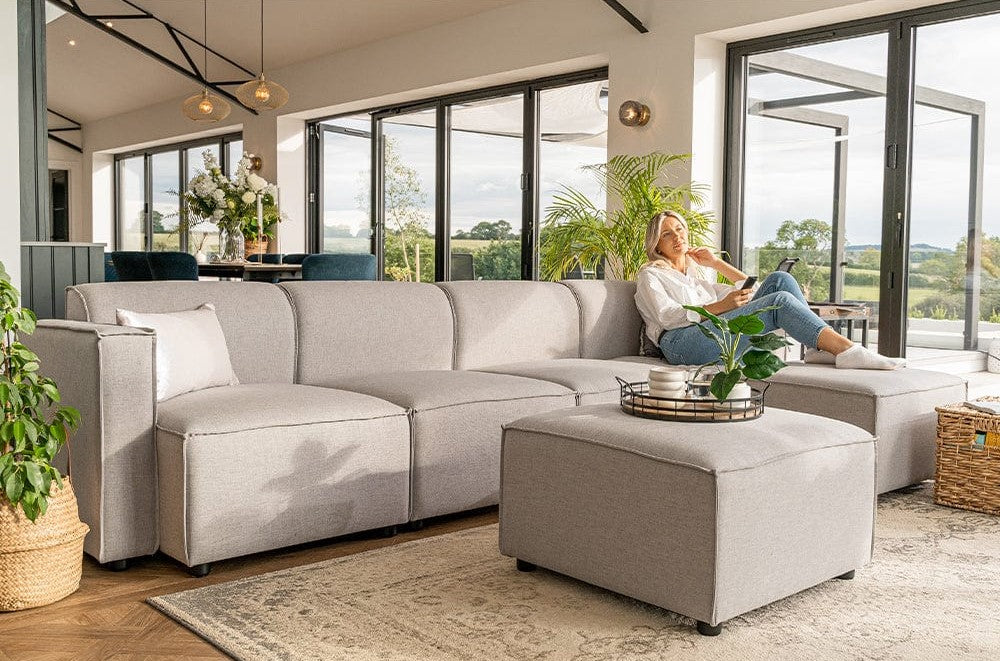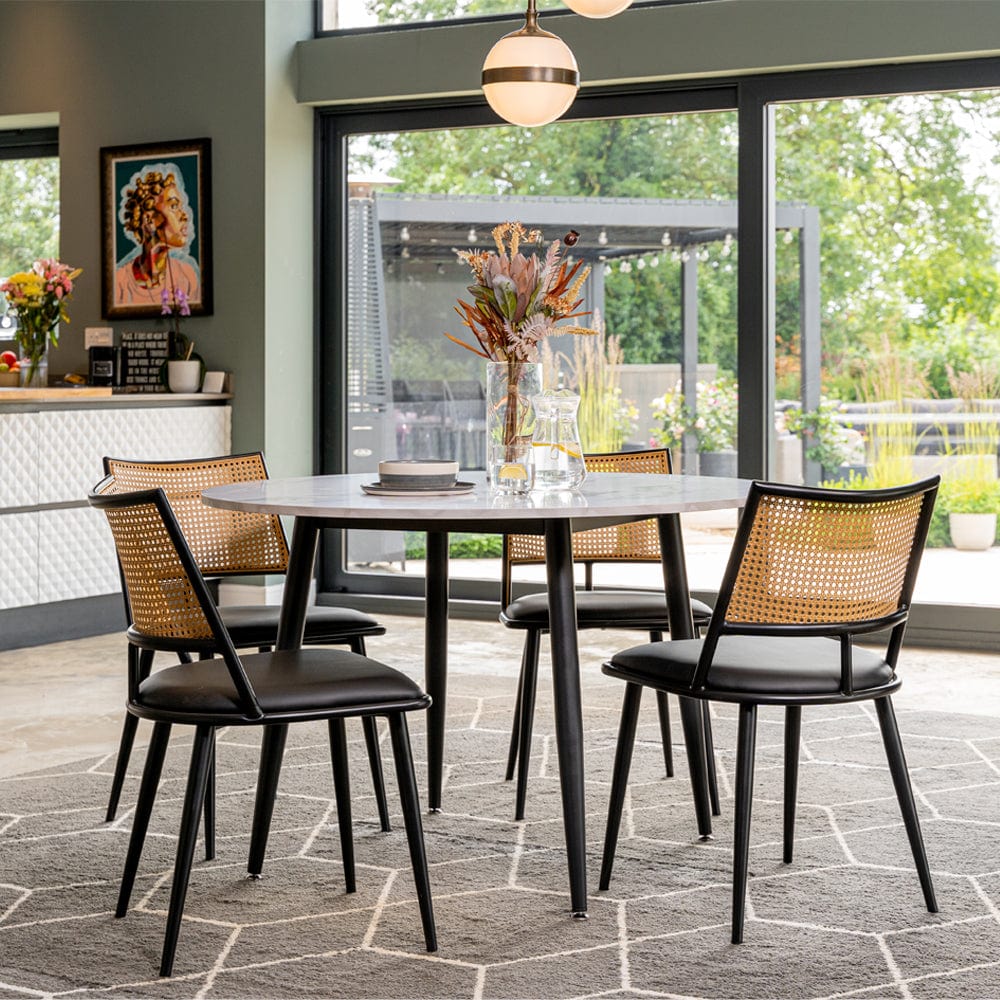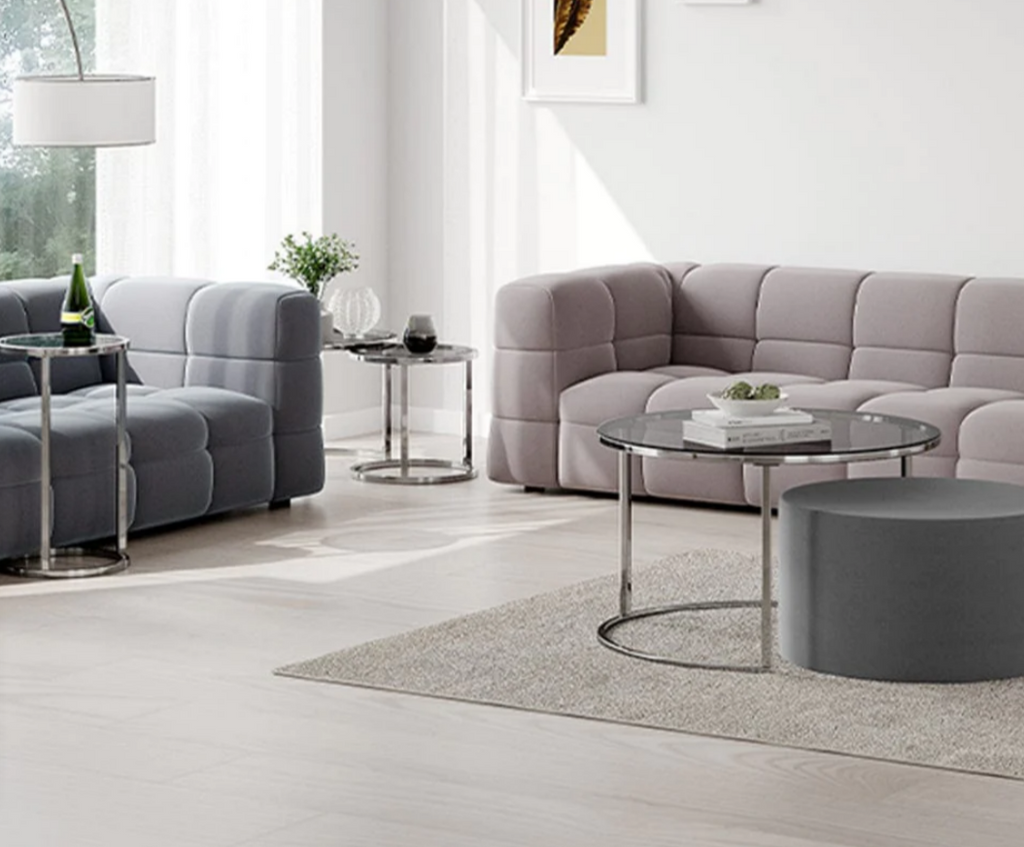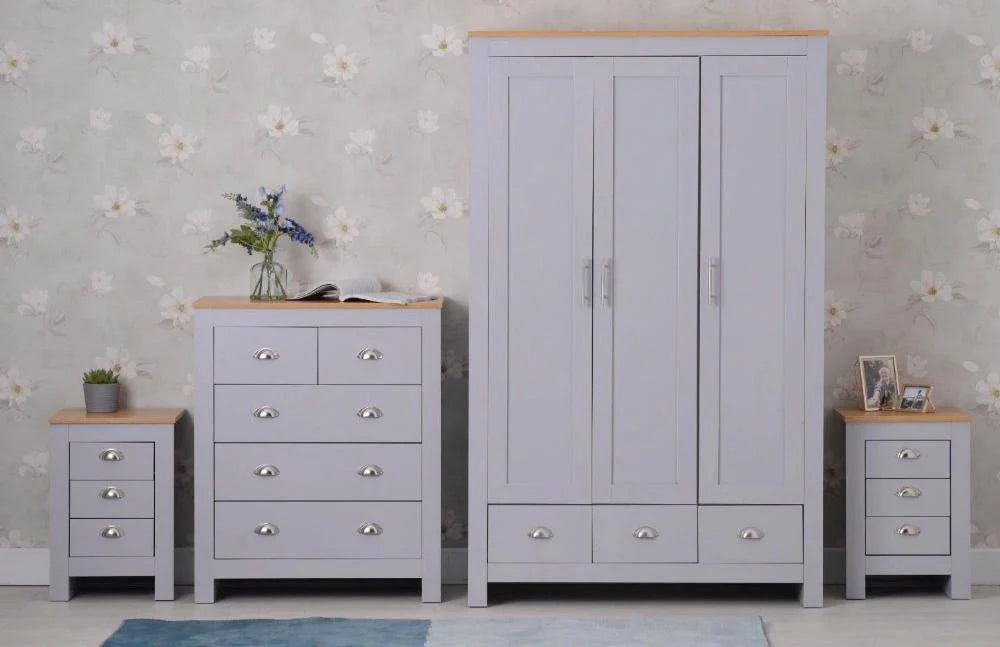Rattan vs. Bamboo Furniture - What is the Difference?
Rattan vs. Bamboo Furniture - What is the Difference?
Rattan and Bamboo are two common natural materials used in household furniture, garden furniture, wicker furniture, cane furniture, and patio furniture. Although rattan and bamboo are vastly different materials, many people confuse the two and often use rattan and bamboo interchangeably.
However, both materials come from different sources and are inherently different plants. If you’re unsure about the difference between bamboo vs. rattan, then we’ve put together a comprehensive guide to help you clear any misconceptions about the two most commonly used natural materials for indoor and outdoor furniture. Read ahead to find out more.
Differences Between Rattan and Bamboo Furniture
Although rattan and bamboo often make similar wicker products and furniture, various fundamental differences set the two materials far apart. Some of the main differences are as follows:
- Bamboo is a lot stiffer than rattan and does not bend easily. Rattan, on the other hand, is more flexible and can bend.
- Although bamboo is often grouped with hardwoods, especially when it comes to flooring, it is grass. However, it is used for similar applications are hardwoods since it is harder than mahogany. Although rattan is also rigid, it undergoes a steaming process that makes it pliable.
- Bamboo is hollow inside, whereas rattan has a solid internal structure. Bamboo is a type of grass and grows vertically like a tree. On the other hand, Rattan is a vine and has a creeping vine structure.
- Bamboo can be grown with ease and is found worldwide, especially in Africa, Southeast Asia, and Latin America. On the other hand, Rattan is typically found in tropical rain forests and regions such as Africa, Asia, and Australia.
- The largest grower of bamboo happens to be China, whereas Rattan is most commonly grown in Indonesia.
Key Points About Rattan Furniture
Rattan is a solid climbing palm famous for its use in wicker furniture. Although rattan is produced in numerous tropical rain forests, Indonesia is its central growing region and exporter. Indonesia accounts for nearly 80% of the raw products of rattan.
Rattan is quite pliable, so craftsmen can create bends and curves while weaving wicker furniture. Therefore, when looking at wicker furniture, if you notice that there are a lot of curves and the furnishing has small intricate pieces as well, it is most likely made from rattan. Since bamboo does not bend easily, wicker furniture that seems bendable under slight pressure is likely rattan.
Rattan is a great material of choice for furniture and home decor because of its fast growth rate, eco-friendly nature, and economical price. We also have some fabulous ideas for decorating rattan furniture in our previous blog.
Key Points About Bamboo Furniture
Bamboo is a robust and stiff type of plant that belongs to the grass family. Although it is grass, it is often grouped with hardwoods as it can surpass some of the strongest woods in its hardiness.
Some species of bamboo can even outperform steel when it comes to tensile strength. Bamboo grows fast and is ready to be harvested in 3 to 5 years. It is produced in abundance worldwide and is a renewable, eco-friendly source of natural material that can be used for interior design and furniture making.
Its earthy colour palette and boho look make bamboo a top choice for a rustic interior design. Bamboo is relatively easy to grow and does not require pesticides, fertilisers, or irrigation. The plant also helps to stabilise oxygen and carbon dioxide balance as it produces more oxygen than trees and sequesters carbon dioxide.
As a result, bamboo is quickly gaining recognition as one of the best natural materials for making cost-effective, eco-friendly furniture.
Uses of Bamboo Furniture
Bamboo has a wide variety of usages. These include:
Making Furniture
Bamboo is used in numerous types of furniture, including wicker-type furniture. It is a robust and hardy material that can produce sturdy furniture. It is most commonly used for making indoor furniture such as a coffee table and garden furniture.
Making Infrastructures
In many countries, including India and China, bamboo is used to make reinforcement of roads and for building bridges as well.
Housing
More than one billion people worldwide live in houses made of bamboo. Just 70 hectares of bamboo can produce up to 1000 houses. Bamboo is a cost-effective and quick solution to the global housing issue. People also use bamboo to make scaffolding, here’s a video detailing how.
As Medicine
Bamboo has numerous medicinal properties and treats kidney diseases, certain types of cancers, asthma, venereal diseases, and bone diseases.
As Textiles and Paper
Bamboo is processed into a fibre that makes clothing, rugs, nappies, and paper. This video shows you how to make paper out of bamboo.
Uses of Rattan
Rattan has numerous other uses besides its obvious use as one of the most popular natural materials for furniture. These include:
Food
In some rattan species, the shoots, as well as the inner core, are edible.
Housing
Rattan is used to build shelters and houses in rural areas.
Handicrafts
Rattan is an excellent material to use for making handicrafts. This is why it is used frequently for making wicker baskets.
Dye material
Rattan plant has a red resin exudate which can be used to make red dye. This exudate is known as dragon’s blood and was used for dying violins.
Medicinal uses
Dragon blood exudate has medicinal properties as well. Furthermore, rattan is also used in an innovative process known as “wood to one” that is used to make artificial bone.
Conclusion
Bamboo and rattan are excellent natural, sustainable materials with numerous vital properties and uses. However, there is a common misconception that rattan and bamboo are the same material.
Rattan and Bamboo come from different plants and are entirely different species with differing properties. However, some of their uses are similar, so most people confuse the two materials quite often.
